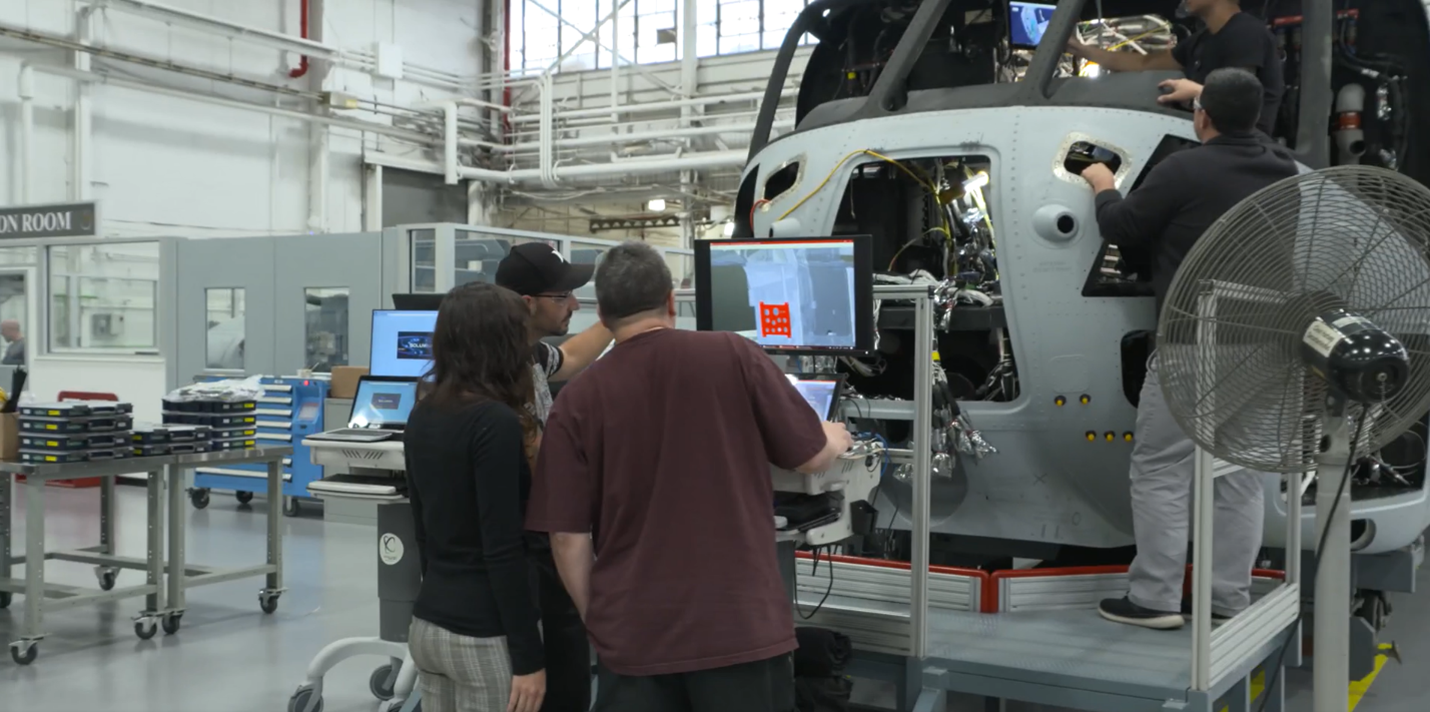
Photo courtesy of Lockheed Martin.
The U.S. defense industrial base must undergo generational change to keep pace with adversaries and stay ahead of emerging threats. That’s what the Pentagon determined in its first National Defense Industrial Strategy (NDIS) released this year. The report is underscored by a volatile geopolitical environment. The United States is supporting critical partners in Europe, the Middle East and Asia – while still facing the challenge of supply chain fragility exposed by the COVID-19 pandemic.
A fully capable, 21st-Century industry
The NDIS calls for industry to transform into a “robust, resilient, fully capable 21st century defense industrial ecosystem.” Industry must close gaps in the U.S. supply chain’s ability to innovate advanced technology integrated systems while simultaneously delivering conventional weaponry for tactical operations.
Prime contractors are developing their own strategies to deliver advanced solutions and surge capability. Lockheed Martin anticipated the Pentagon’s needs and is already operationalizing an enterprise-wide vision for 21st Century Security.
“Our supply chain transformation is repositioning the industrial base to be a strategic source of value,” Lockheed Martin Senior Vice President of Operations Mark Stewart said. “We are creating digitally-connected factories of the future with intelligent, AI-enabled systems, advanced manufacturing technologies, and a high-velocity supply chain for enhanced quality, agility, and readiness to support our customers’ missions.”
Lockheed Martin: Delivering innovation through supply chain resiliency
Lockheed Martin has developed its own plan to improve resiliency through a connected, multi-tier supply chain, aligned to the Pentagon’s priorities.
“Better understanding risks and opportunities throughout the supply chain allows us to manage our supply more comprehensively,” Stewart said. “It’s about leveraging where we are common, regardless of where we operate or what we make. A washer can offer the same fit, form and function on an airplane as it does on a missile. If that’s the case, we should purchase these in a similar way, minimizing transactions while maximizing buying power and capacity.”
Lockheed Martin is focusing on three pillars to deliver manufacturing innovation.
Intelligent Factory Framework
Lockheed Martin’s factories of the future are already improving resiliency and operations to support increased demand. The Intelligent Factory framework allows machines across the enterprise to automatically report their status and utilization using application programming interfaces, machine learning, and software-defined networking.
According to Stewart, the environment currently has more than one-thousand machine connections and tools secured, collecting more than 100 terabytes of data in real time from connected machines – all improving operational efficiency via automation and machine optimization.
“The data from these machines gives our production team visibility into predictive maintenance, dynamic work scheduling, and smart tools,” Stewart said.

Photo courtesy of Lockheed Martin.
Additive Manufacturing
In 2022, the White House launched Additive Manufacturing Forward (AM Forward), a voluntary compact between large manufacturers and their smaller U.S.-based suppliers. Prime contractors, including Lockheed Martin, are working with small and medium enterprise suppliers to help transform shop floors across the country by bringing in new technologies like 3D printing.
The industrial base is also bolstering technical education and training opportunities for additive workforce development.
“Lockheed Martin is supporting AM Forward goals by purchasing additively produced parts from smaller U.S.-based suppliers, training suppliers on new technologies, providing technical assistance to support suppliers’ adoption of new capabilities to include new materials, and engaging in common standards development and certification for additive products,” Stewart said.
Supply Chain Transformation
Lockheed Martin’s supply chain transformation is repositioning the industrial base to be a greater source of value and to empower supply chain professionals with advanced processes, smart tools, and training to boost skills, enhance agility, and drive value.
“Transforming our supply chain and investing in advanced manufacturing technologies will support our singular focus on our customers and the missions they face today and in the future,” Stewart said.





















